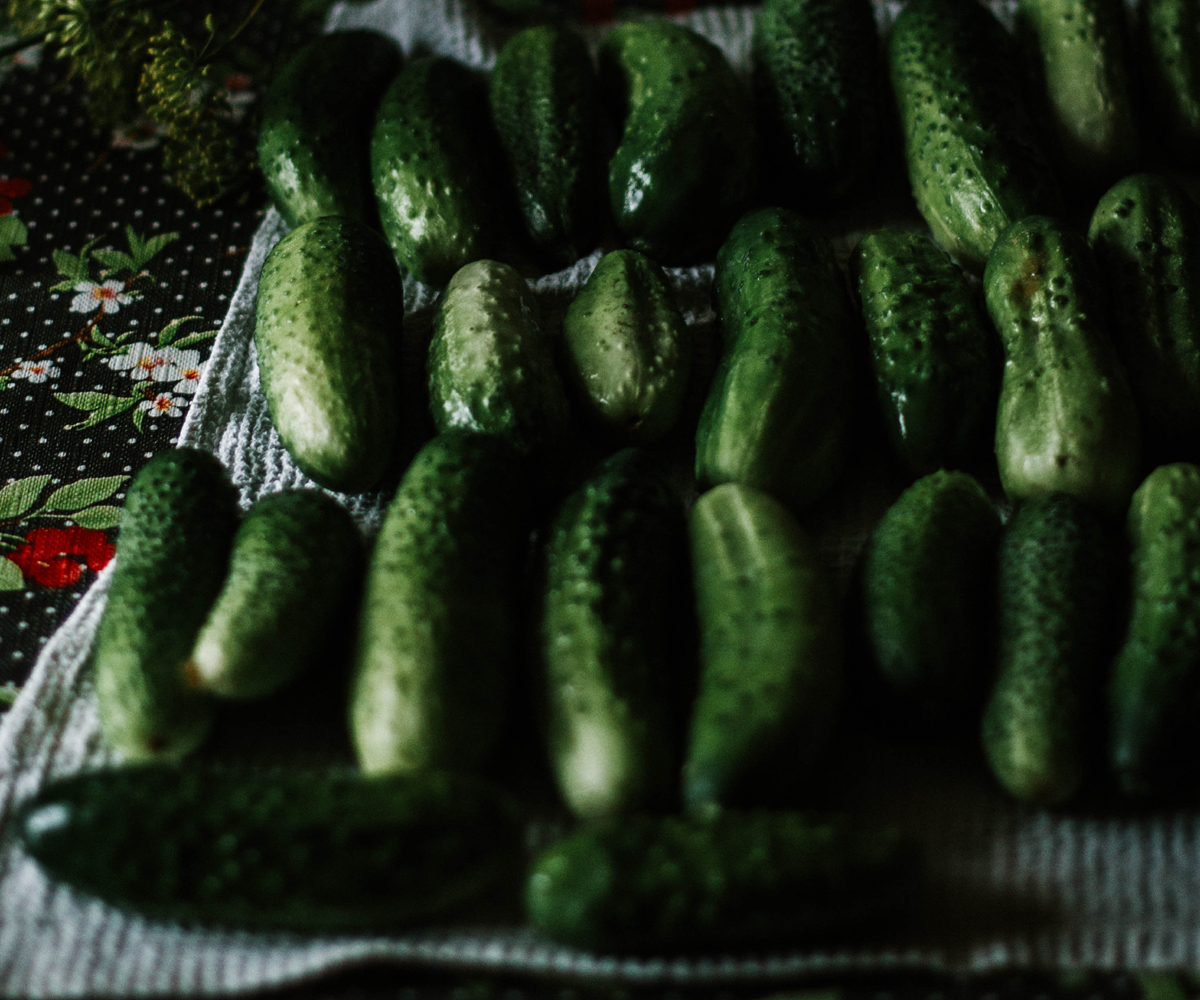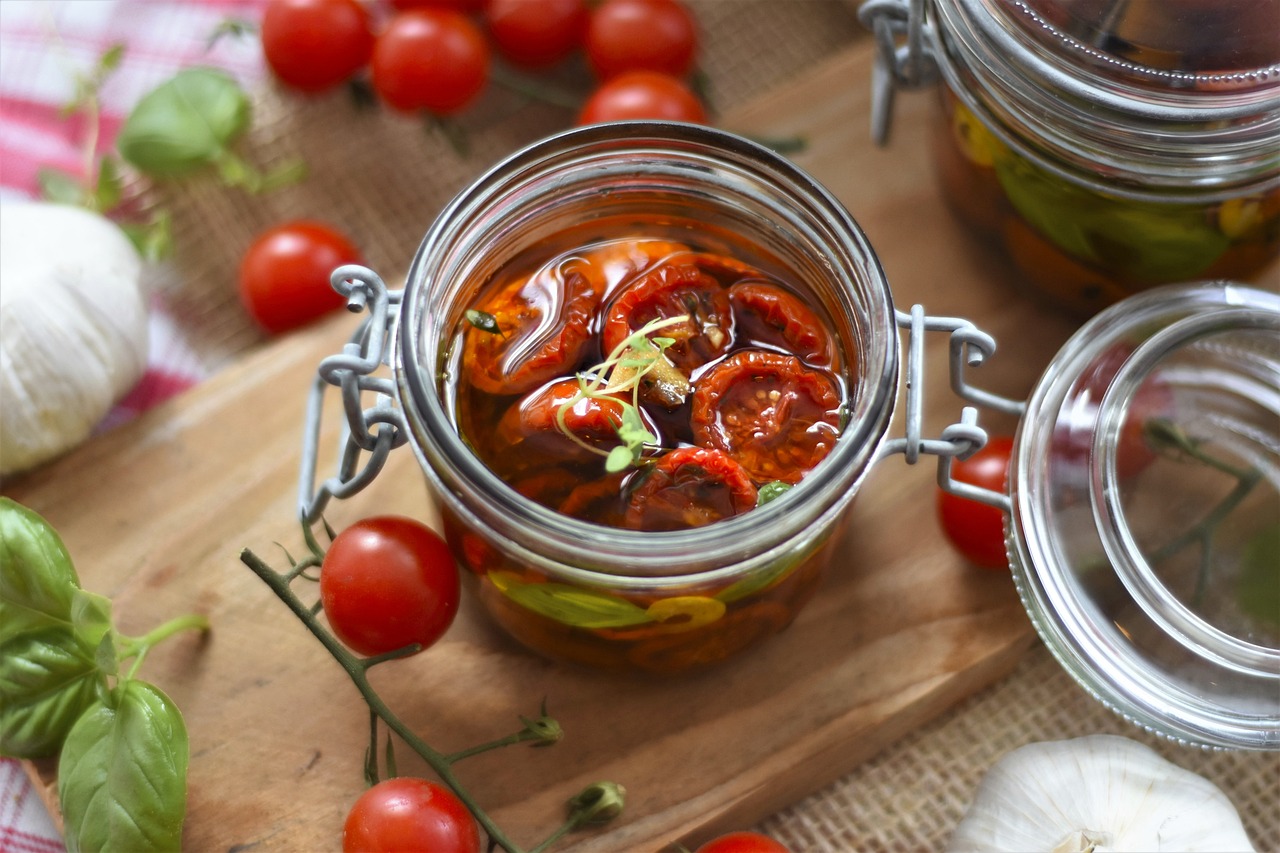Homemade Pickles and Preserves – Basics You Should Know

Thankfully there is a growing interest in the art of preserving produce. With belts tightening and an ecological desire to waste less food, more people are starting to dry, can, pickle & jam fruits and vegetables. The recipes are endless but the methods are few. If you’re new to preserving fruit and vegetables, here are the first things to know:
Don’t be put off by recipes seeming to require a newly fitted out kitchen. People have been pickling and canning for a long time. You should be able to make do without spending a fortune on new kitchen equipment. Here are the basics you need:
- A large heavy non-corrosive pan – stainless steel is ideal.
- A selection of glass jars with plastic coated lids – old jam jars are perfect.
- A large funnel will make filling jars much less messy but isn’t critical.
- A selection of wooden spoons and ladles.
Of course once you catch the preserving bug you may wish to purchase more specialist equipment such as Kilner Jars and Jam Thermometers but you can get by without them. At first its best to get on with preserving rather than worrying about spending money on a project you are new to.
Similarly there are so many different terms used in the world of home-preserving, your first forays into this world can be daunting. These are the basic terms you really need to know:
Sweet fruit preserves are simply fruit bottles/canned in sugar syrup which may or may not, contain alcohol.
Fruit butters and cheeses are slow cooked fruit pulp and sugar. This results in fairly dry fruit preserves. The cheeses such as membrillo (quince cheese) are solid blocks which can be cut like a cheese.
Fruit curds are lightly cooked mixtures of citrus juice, sugar, butter and eggs. They only keep for one to three months but are extremely rewarding with their fresh tangy flavor. These are a critical addition to a citrus curd pie.
Jams and marmalades are boiled fruit and sugar. The pectin in the fruit forms a jelly when heated with sugar. Jellies are simply jams where the fruit pulp is sieved out of the mixture.
Chutney is a mixture of fruit and/or vegetables slowly cooked with sugar and vinegar. The result is a thick tangy preserve which is traditionally served with cheese and cold meats. Ploughman’s pickle is the most famous version of chutney. Chutney will usually store for one to two years.
Relishes are quicker cooked and therefore fresher tasting versions of chutney. They are not so long lasting.
Pickles are usually vegetables canned with brine (salt water) or vinegar. It is the salt or vinegar which keeps the food from spoiling. Dill pickles and pickled onions are the most common varieties.
There are lots of different methods of canning fruit and vegetables but these are key. If you can master these methods (none of which are too difficult) you should be able to provide year-round tasty treats for your family.
The Author:
Lec Watkins – For hints and tips on all aspects of increasing self sufficiency visit A Self Sufficient Life.
Photo. Marta Dzedyshko
Source: Ezinearticles.com








